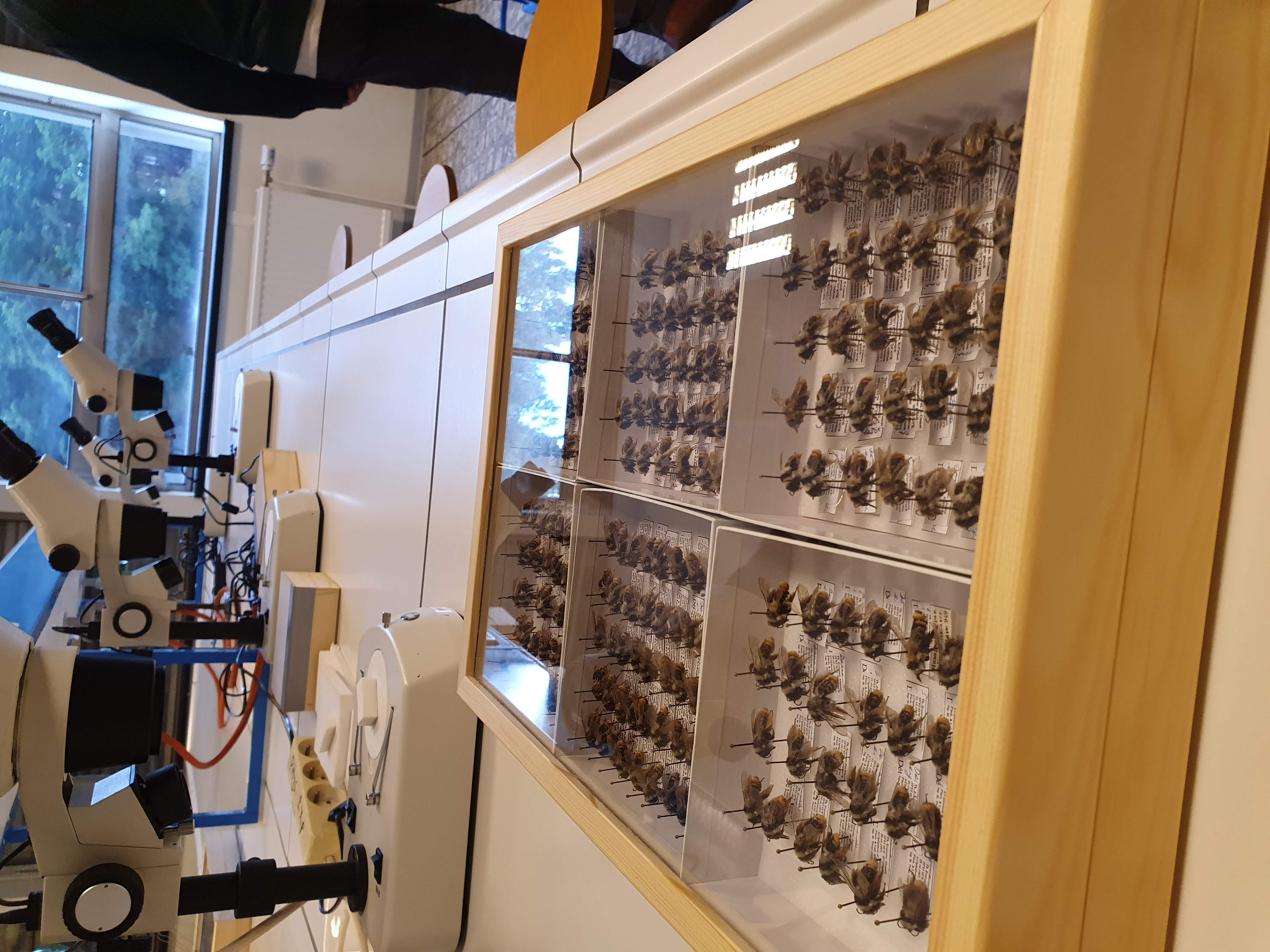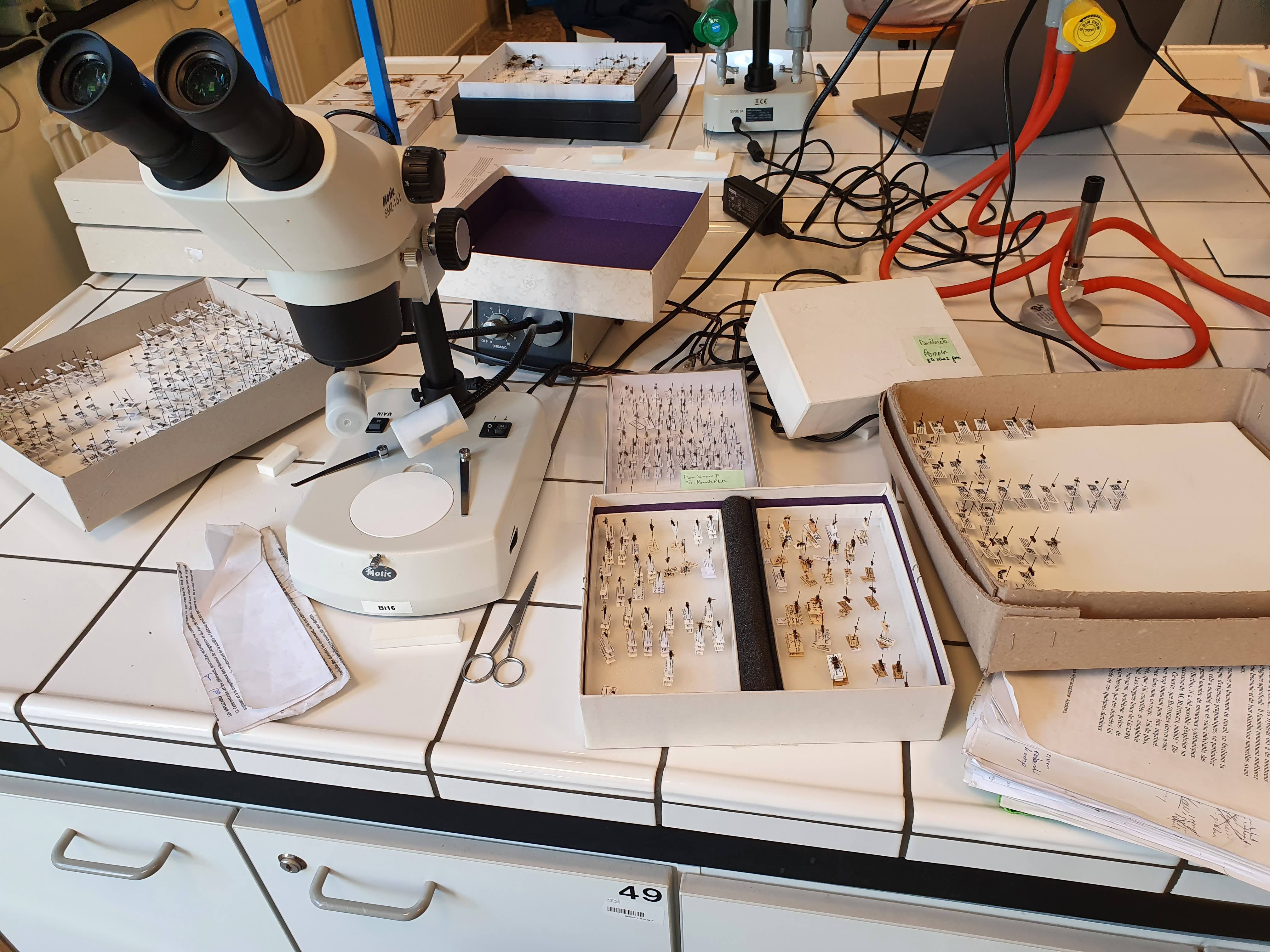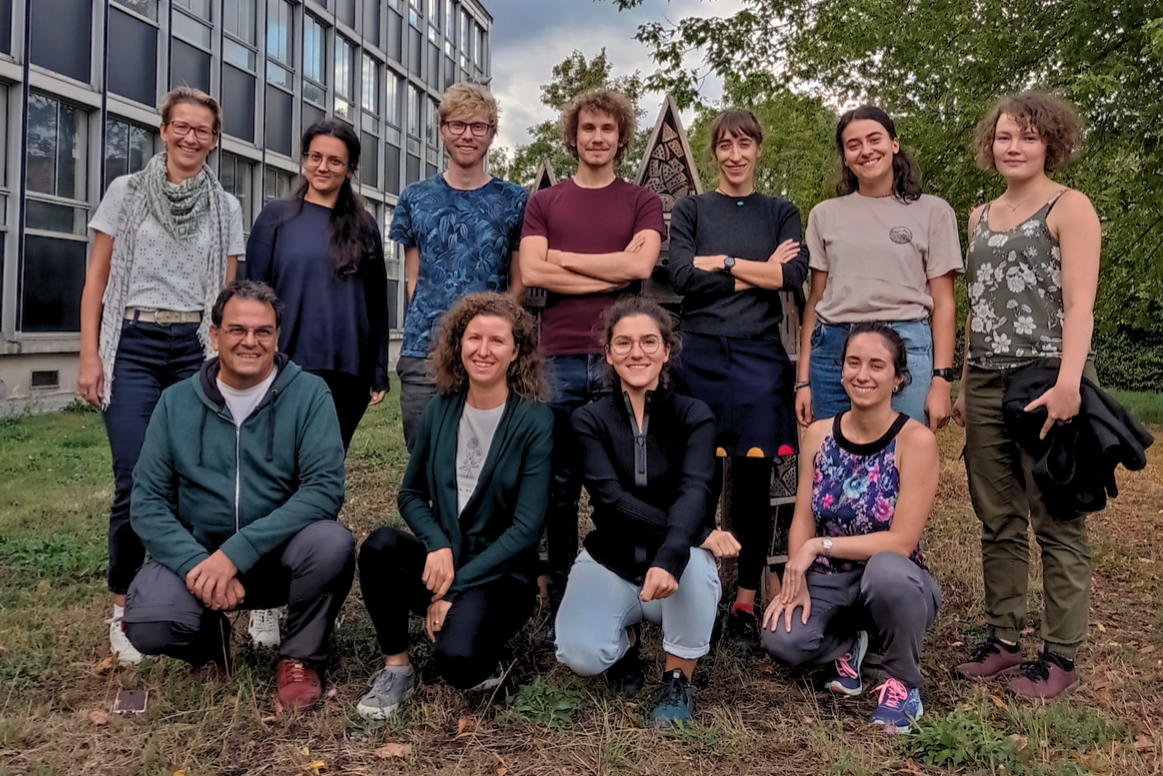We spent the last week at Mons University in Belgium, where we learned to identify species of difficult wild bee genera. Together with seven other students from across Europe, we worked on one genus of wild bees per day, all chosen for their taxonomic notoriety: Lasioglossum, Eucera, Andrena, Hyleus, and Bombus.
What makes a genus taxonomically difficult? Usually, these are genera with a large number of species, very subtle differences between them, and/or lack of reliable taxonomic literature. Most often, taxonomic keys are scattered across several publications, some are outdated and do not contain all of the species, and they are written in various foreign languages (and that language is very rarely English).




Although this may sound a bit complicated, the workshop was an amazing experience. We had a different instructor every day, each an expert for a genus that we were working on that day. They all made an effort to clearly outline the most important morphological characters of their genus, the main problems, useful tips for identifying species or species groups, and the best ways to use the literature. After this, we had the rest of the day to work on our own samples. This means that we could work on our most challenging Cro Buzz Klima samples with the support and help of leading taxonomic experts. In addition to all that, we had the opportunity to meet other people who are engaged in research and protection of pollinators in Europe and hear about their work and experiences.
The workshop was organized by members of Denis Mitchez lab from UMONS Zoology department, as a part of the EU Horizon project SPRING (Strengthening Pollinator Recovery through INdicators and monitoring). This was one of several such workshops in a series, with the aim to increase the expert capacities of member states for the implementation of EU pollinator monitoring.

